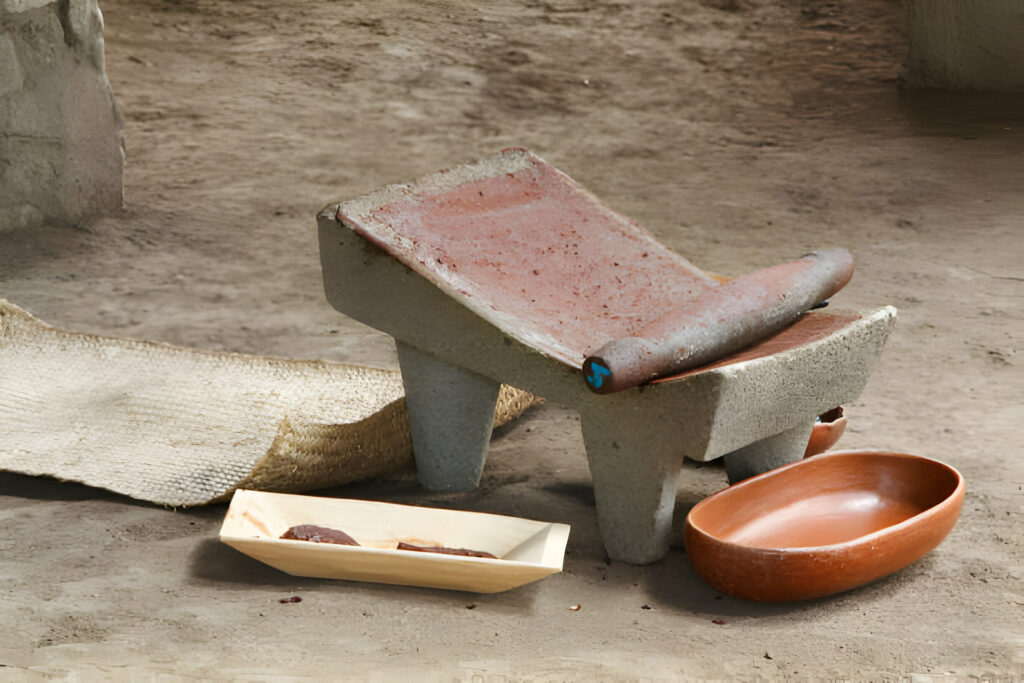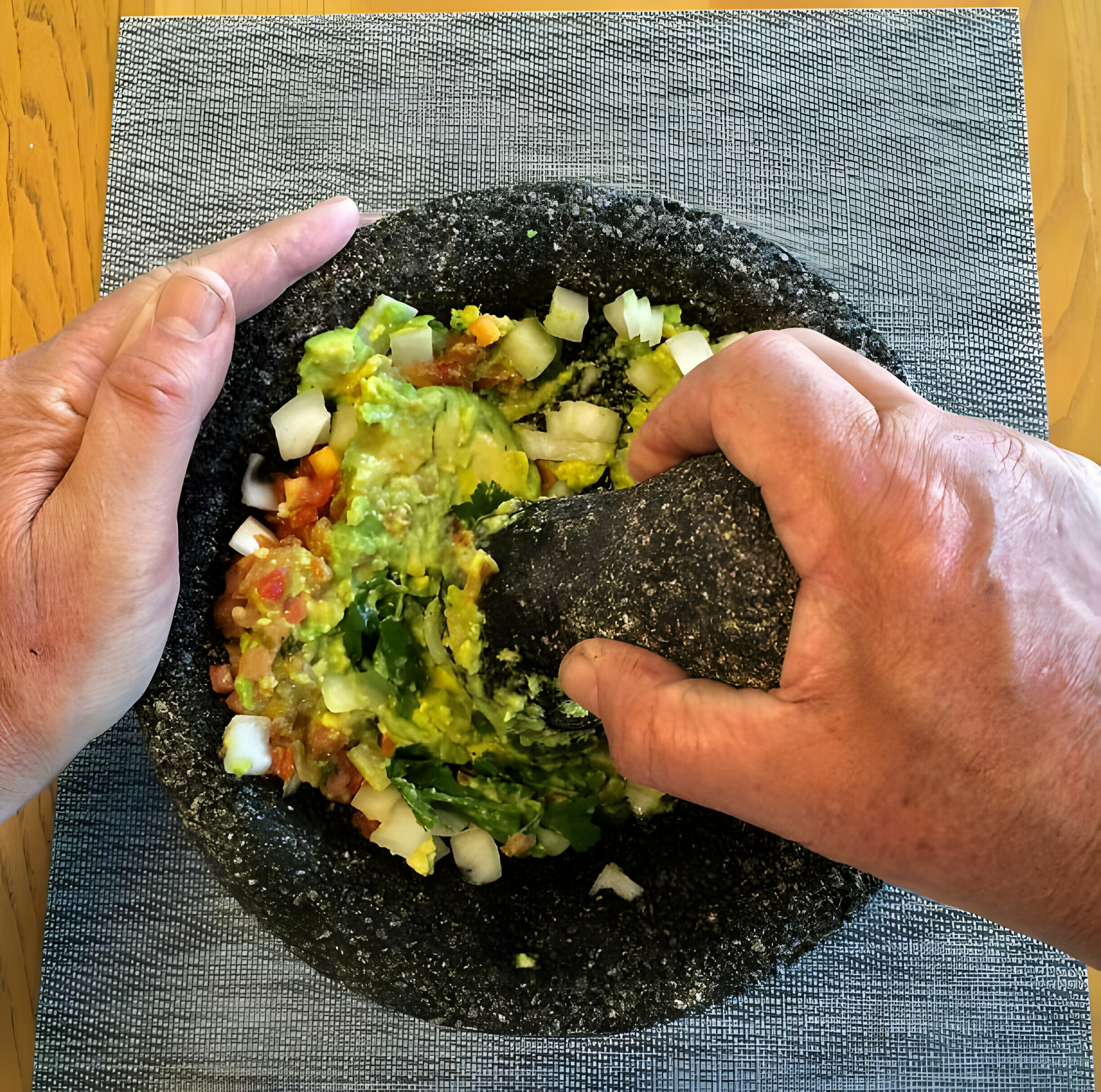Introduction
Welcome to our ultimate guide on metate the traditional grinding tool that has been a cornerstone of culinary practices for centuries. This guide aims to explore the historical significance, cultural impact, and practical uses of the metate. As we delve into the world of this ancient tool, we invite you to discover its enduring relevance in modern kitchens and its role in preserving cultural heritage. Whether you’re a culinary enthusiast, a history buff, or simply curious, join us on a journey to uncover the secrets of the metate.
What is a Metate?
A metate is a stone tool used traditionally by indigenous cultures for grinding corn, spices, and other food products. This ancient culinary tool consists of a flat or slightly curved stone slab and a cylindrical hand stone called a “mano.” The metate’s design allows for efficient grinding and processing of grains into flour or meal, making it a fundamental tool in the preparation of traditional dishes. Originating from Mesoamerica, metates hold significant historical and cultural value, symbolizing the labor and skill involved in traditional cooking methods.
The History of the Metate
Dive into the origins of the metate, tracing its use back to ancient civilizations. Discuss how it was not only a tool for grinding maize but also a symbol of community and tradition. Highlight its evolution over time and its enduring presence in certain cultures today.

How is a Metate Made?
Describe the materials and craftsmanship involved in creating a metate. Focus on the types of stone used and the skillful art of shaping this tool, emphasizing the traditional methods passed down through generations.
The Cultural Significance of the Metate
Explore the role of the metate in cultural rituals and daily life. Discuss how it has been central to food preparation and a keeper of tradition in families. Highlight its importance in traditional dishes and ceremonies.

The Origins of Metate
To truly appreciate the significance of metate, it’s essential to explore its origins. With roots deeply embedded in ancient cultures, metate has evolved from a simple grinding tool to a revered symbol of cultural identity and craftsmanship. Understanding its journey provides a glimpse into the rich tapestry of human history.
Conclusion
As we conclude our exploration of metate, we hope this guide has illuminated the cultural richness and practical elegance of this timeless tool. From its origins to its modern-day adaptations, metate stands as a testament to the enduring connection between tradition and innovation. Embrace the magic of metate in your culinary journey, celebrating not only its functionality but also the cultural heritage it represents. Happy grinding!
FAQs
What is the Purpose of Metate?
At its core, metate serves as a multifaceted tool with both practical and symbolic purposes. Traditionally used for grinding grains and spices, metate also holds cultural importance, symbolizing community, tradition, and the artistry of food preparation.
How Has Metate Evolved Over Time?
Metate’s evolution spans centuries, adapting to the changing needs of societies. From its humble beginnings as a utilitarian tool to intricate, culturally significant designs, metate showcases the dynamic interplay between tradition and innovation, seamlessly blending the old with the new.
Can Metate be Used in Modern Kitchens?
Absolutely! While metate has deep historical roots, it has found a place in modern kitchens, serving as a unique and stylish tool for culinary enthusiasts. Its versatility, combined with a touch of nostalgia, makes metate a captivating addition to contemporary cooking spaces.






